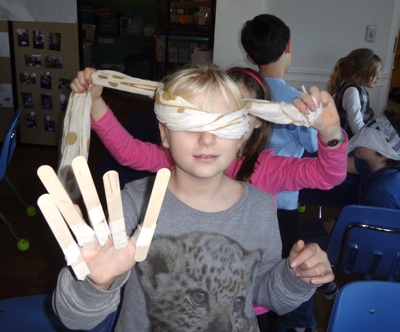OK, the title may be a bit dramatic but since moving to North Carolina there is one pressing issue that has captured my attention.
Like so many, I love my coffee in the morning. I watch the sun slowly waking up my world as the coffee slowly wakes me up; it really is one of my favorite things. Because of this, I decided a while back to take my coffee making to another level. I purchased a French press.
For those who don't know, to use a French press one needs ground coffee and boiling water. The coffee is placed in the carafe followed by boiling water. A screen/filter/plunger is then used to push the grounds down, thus allowing this barista to enjoy his coffee!
Upon arriving in North Carolina, however, I found a glitch in the system. Water seems to take FOREVER to boil here! I know a watched pot never boils but this is a little ridiculous. How did the move to North Carolina change a seemingly simple operation?
It turns out there is quite a large difference, a little more than 3,500 feet to be exact. As a child I heard people taking about high altitude cooking directions and I thought they were crazy—up until now. As I agonize over the extra minutes of not having my coffee, I decided to take look into this interesting phenomenon.
We moved from an elevation of 4,100 feet above sea level to an elevation of 564 feet above sea level. What this boils down to is the temperature at which water boils. I was taught it boiled at 212 degrees F or 100 degrees C and this is true, under specific circumstances. One of these is to be at sea level. The higher the elevation, the lower the temperature at which water boils. In fact, every 500 feet lowers the boiling temperature by about 1 degree F.
In doing the calculation, this means water boils at 204 degrees F in our previous home, Helena Montana. Eight degrees may not seem like that much of a difference, but when you are waiting on your coffee, I assure you it feels like hours!
Pressure is responsible for disrupting my morning coffee procedure. At sea level there is about 14.696 pounds of pressure per square inch pushing on you, water, everything. The amount of pressure in Helena (depending on where you are standing) is around 12.228 pounds.
We are accustomed to feeling the air “pushing” on us so we do not notice it unless we change elevations quickly--like driving over a mountain pass or flying in an airplane.
This affects the boiling point of water because at the higher elevations, water molecules are not held together as tightly as they are under the more weight.
Having come to the realization that there is really nothing I can do to make my water boil faster, I have given up my French press. That and I broke it, but still, lesson learned! C'est la vie!
